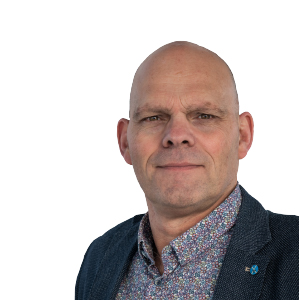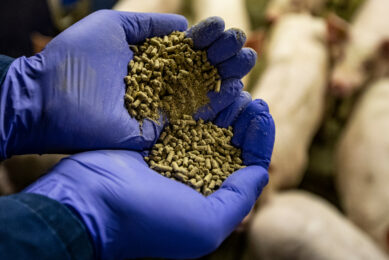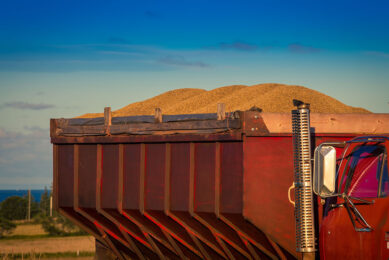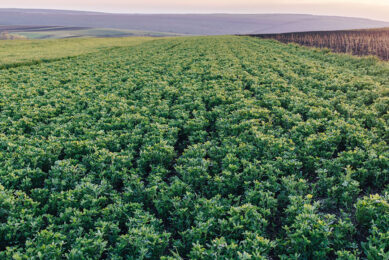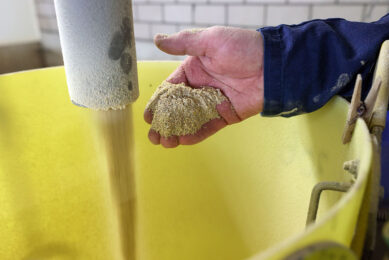Inspired by Formula 1
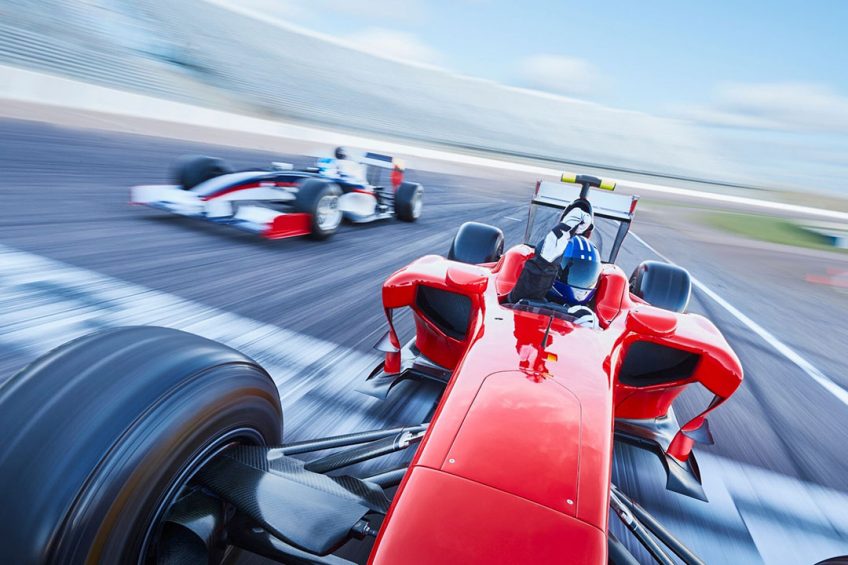
Comparing race cars with feed processing might seem strange, but both worlds evolve based on technology.
The Formula 1 cars of today are full of sensors and in the animal feed industry we also use many sensors, for example in the pelleting line at Feed Design Lab.
Until now, operators have been driving a ‘rally car’: a good car that does the job well. However, we are eagerly looking forward to making this car better and turning it into a more advanced (F1) car. But are the operators trained and ready to work with the new sensor-equipped machinery in a feed mill?
Preparing operators for tomorrow’s feed production
The operator of today needs to be trained to become an operator 2.0. It is therefore not surprising that feed production in 2030 is now done using only a tablet, operated from wherever you choose to be.
Investing in providing tomorrow’s feed mill operators with extra skills (to operate the sensor-based technology) is very important for the continuation of, and innovation in, the feed industry. At the moment we are training operators in Western Europe at our own pilot feed mill location in Wanssum, the Netherlands, but also at Aeres Agricultural College in Barneveld, the Netherlands and at Internationale Forschungsgemeinschaft Futtermitteltechnik (IFF) in Braunschweig, Germany.
Training operators to be craftsmen/women
I applaud all the companies that have decided to invest in these courses for their operators. It shows commitment to staff and good human resource policy. The training we give focuses on how different raw materials act during processing and how you can control and steer these processes. This presents extra challenges, because most feed mills produce feed according to tailor-made orders from the client, instead of producing feed based on their stocks of ingredients. In today’s market, every farmer gets his/her own feed recipe. This means that steering the process is more difficult, and it is often done in the next batch of the same order. We train operators to be real craftsmen in the feed mill, where they are supported by the use of data and sensors to better control the process.
Changing face of feed processing
I started working in a feed mill in 1988, with a staff of 10 people for unloading and another 10 for feed processing. The feed mills I visit today have only one operator to manage grinding, mixing and several pelleting lines, helped by one extra staff member during the day to help out with various additional jobs. In Switzerland, I have visited a mill where fed processing continues during the night without an operator present.
Coming back to Formula 1, I predict that Max Verstappen from the Netherlands will become world champion this year. It will be a world-class achievement. And making feed mills ‘smarter’, combined with proper training of feed mill operators, will make us world champions in feed processing as well.


